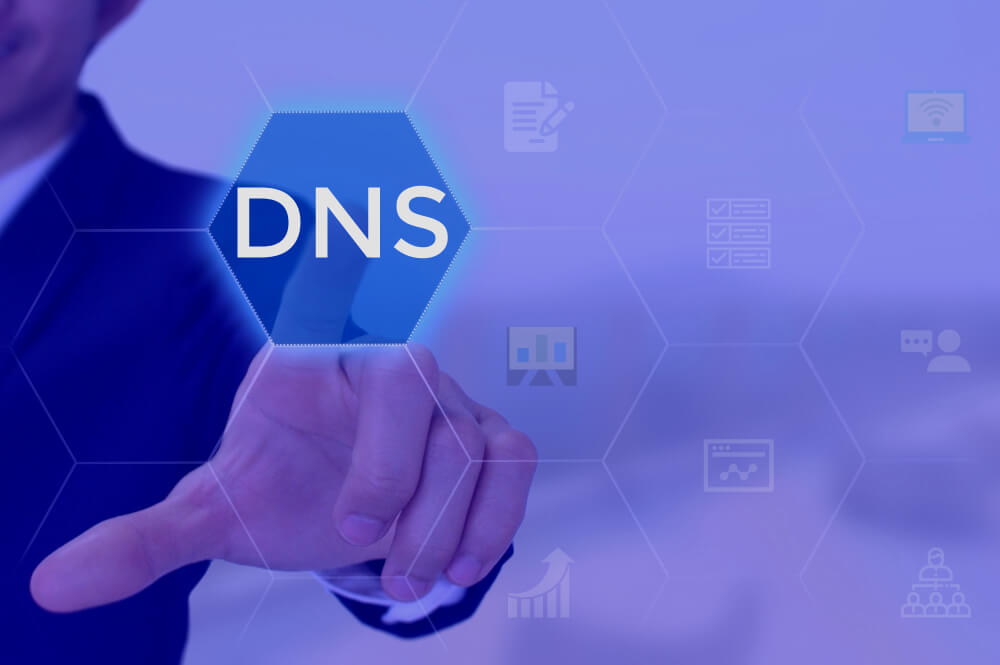How to Improve Your Website's SEO Using Cyber Intelligence
If you’re a newcomer, by now you’re probably well-acquainted with the fact that a great website or product means nothing if nobody’s going to see it. If you want to get in front of your prospective customers, you have to know two things: who they are and how to find them.
There are two ways to reach your audience via search engines: organically, through a wise SEO strategy, and using paid ads.
While paying for the ads may be the easiest way, it is not a sustainable long-term solution. That is why improving your website’s SEO content is the best way to grow your online presence and business.










































